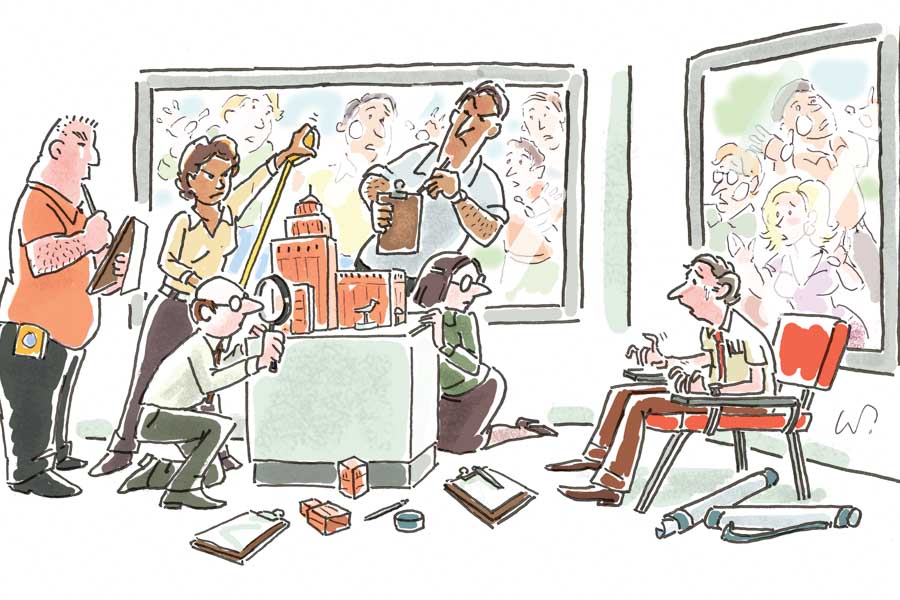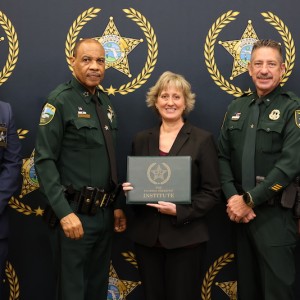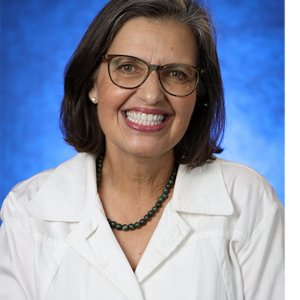It’s been close to two decades since Sarasota leaders approved its 2020 Downtown Master Plan and released upon citizens the concept of form-based codes. In the time since, it’s drawn the ire of architects and angst of neighbors, but also ushered with it a revitalization of a once derelict downtown core.

ILLUSTRATION BY WOODY WOODMAN.
Now, leaders once again consider the reach of form-based code’s vision. Could the promise of predictability and presentation of a more perfect city plan be expanded to cover development city-wide? A 478-page draft city code, developed over five years in a special Urban Design Studio in a large office space in Sarasota’s Federal Building, generated new hopes and concerns for the city’s future. A draft that’s now survived the staffers and most of the city commissioners who launched the effort must now go through its final trials, evolving to a final form and ultimately reaching Sarasota City Commissioners for final approval. The document has the potential to expand administrative approval and allow more construction to advance in the city without the obstacle of public hearings. It could place new restrictions on what developers and architects can do in a city known for innovation and design. It could promise wider sidewalks, brighter walkways and a way to combat rising tides.
Or, in a city where argument and apprehension often rule the day, it could do those things in lesser degrees or not at all. “We are not going to just be pulling anything verbatim out of the current draft of a form-based code and just doing that,” says Sarasota Planning Director Steven Cover. “We still want to provide space for more public input, and make common sense decisions from there.” Which means five years after the Urban Design Studio opened, it could still run through the wringer of public opinion a few more times before parts of the code land in front of City Commissioners later this year.
So where does the code stand now? What could still change? And will it ever move out of draft form and become law for the City of Sarasota?
Short History, Long Document
One could trace the history of Sarasota’s in-the-works citywide form-based code back all the way to 2001, when planning consultant Andres Duany presented the downtown master plan to Sarasota leaders, who in turn approved the city’s first form-based code. As defined by the Form-Based Codes Institute, such a set of development rules “fosters predictable built results and a high-quality public realm by using physical form (rather than separation of uses) as the organizing principle for the code.”
So now, within Sarasota’s downtown zoning district, projects that deviate little from city standards have the potential to have site plans approved by Sarasota professional staff rather than being put through a public hearing process for nearby residents to judge. That means less chance for the public to raise complaints, but also provides a streamlined process for new construction that meets community guidelines. Look to the new Westin hotel in Downtown Sarasota to judge if this fast tracks positive progress or forces major projects upon city residents, but realize judgments in town differ greatly on the answer.
One could also track the story of the newly proposed code to 2013, when City Manager Tom Barwin pushed for the creation of an Urban Design Studio that could create a form-based code serving not only the Downtown area but all of Sarasota. He hired planners Andrew Georgiadis and Karin Murphy, fresh off developing a code in the City of Bradenton, to head up a special effort here.
Of course, neither Georgiadis nor Murphy remain at City Hall to usher the code across the figurative finish line. Georgiadis left years ago amid conflict with area architects about the creation of design standards that could lay out a fixed set of criteria for development, one with a debatable amount of space for modern architecture and that relied heavily on drawings presenting a general idea of what might be built, but which inevitably would stray from architects’ individual plans. Murphy stuck with the project for five years, but when her contract expired in September as a final draft of the code came off the printer, she closed her chapter in the story of the code. But will Sarasota embrace that draft or is there still more work to do?
What It Does
Cover speaks with ambition about what the code could now accomplish, but with healthy caution and a reminder that nothing has been set in stone. Indeed, it never will be, and whatever code emerged from this half-decade-and-counting process could always evolve further at a later date. But the code indeed could change the approval process for projects, not just creating a binary choice between administrative approvals and those that must go through a full process before facing Sarasota City Commissioners for final approval. “We could have site plans that go before the Historic Preservation Board, or that go to the Planning Board but not the City Commission,” he says. “Or they could go to both the Planning Board and the City Commission. We will look at all of that.”
But the draft code, as it stands now, looks to create an administrative review process, introducing the potential for the first time for projects anywhere in the city to win approval through professional planning staff at city hall without ever landing in front of a pitchfork-waving mob. But while that could incentivize some developments coming to the city, it also generates concern among neighborhood leaders, who turn to pubic hearings to raise concerns about traffic, commercial use and quality of life that people not living in immediate areas around projects wouldn’t know.
Kate Lowman, a founding member of STOP!, says her great concern revolves around process. The Downtown plan implemented an administrative review process for certain projects meeting code requirements to be approved without public hearings. “I have reviewed some aspects of the development approval process, and I can see that we will be losing even more public hearings,” she says. “Unfortunately, it looks like this will take us in the wrong direction.” STOP! for years pushed for a pullback of administrative approvals already allowed downtown. Lowman lives in Laurel Park, just outside the city core, and her neighborhood association has faced significant changes, whether from the introduction of attached townhouse developments or towering condos like those in Kanaya.
City spokesman Jason Bartolone describes the proposed code as “a modern response to the challenges of urban sprawl, deterioration of historic neighborhoods and the need for safe and efficient multi-modal transportation options for pedestrians and cyclists.” The new regulations intend to create predictability for the development community and for existing residents. But Lowman and others fear the plan ultimately will freeze them out of decisions, and make political influence with City Commissioners, who today get final approval on site plans in most parts of the city, effectively meaningless when it comes to land use.
But many within the development community don’t see the draft code providing a green light for anything they want to do. Quite the opposite, they fear establishing citywide standards to decide in advance what developments should look like will only hamper the chance at bringing a great development to Sarasota, the likes of which no one, quite literally, has yet imagined.
“My main concern will still be with what many of us have been concerned with all along: Architectural Standards,” says architect James Piatchuk. He’s especially concerned that, despite Georgiadis’ drawings being excised years ago, the draft code still contains photographs in the code that will steer expectations for the public.
It’s a notion Murphy fought while she put the code together. The photos, she said, help the public understand generally the concepts under consideration. And an array of photos within the draft code show a wide range of architectural types will be allowed. There’s even a section for visionary, paradigm-shifting architecture, something along the lines of the Amazon dome in Seattle or, on a more miniature scale, the Paul Rudolph homes that made Sarasota a beacon for architecture worldwide.
But Piatchuk contends that a public that sees the Amazon dome will expect him to design an Amazon dome. “They are insistent on using photos to try make their case,” he says. “Though what case it is isn’t exactly clear because they state ‘for illustrative purposes only’ on each and every single photo, which tends to just confuse the issue. What it amounts to, to me, is planners getting a toehold in being able to dictate architecture, pure and simple.”
The American Institute of Architects has remained engaged through the past years of discussion about the new code. Javi Suarez, then AIA-president, spent long nights arguing details with Murphy and her team about creating a code that offered predictability without limiting creativity.Cover says the intention is absolutely not to stifle innovation in town. “That is the last thing we want to do,” he says. “We want to make sure it does encourage creative design, and higher projects in the city.” But limits make architects nervous. “I am going to go through the whole draft, as there is a fair chunk of revised information to verify and I don’t want to give opinions without having done a thorough review,” says Julian Norman-Webb, the new president of the AIA Florida Gulf Coast Chapter.
What Now?
There’s plenty in the code Cover expects will win the embrace of neighborhood and business leaders. There’s wide agreement Sarasota should encourage pedestrian accessibility in town through wider sidewalks and more bike paths, for example. And while certain to generate some debate, an increase in building densities within the Rosemary District drew such positive redevelopment results that the code looks to make permanent certain clustering regulations.
“We’re using the draft as a guide,” Cover says. “We’ll move forward with the most important parts.” The city allowed a three-month period for public comments to be submitted on the draft before touching the document again. Ideally, all concerns raised with the city will be incorporated quickly into the next draft.
Cover expects in the coming months of 2019 to get parts of the lengthy new code in front of Sarasota City Commissioners for discussion. For the most contentious parts of the City Code, the release of the draft in the fall may have been the start of fresh discussion as much as the close of a lengthy process. But he’d like to see everything with the new code settled over the course of about 18 months. From there, it’s up to city leaders to approve a code on which everyone can agree, or at least that lays the groundwork for arguments of the future.









